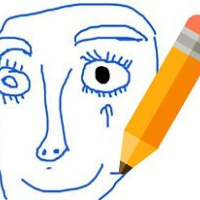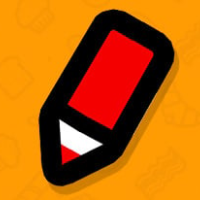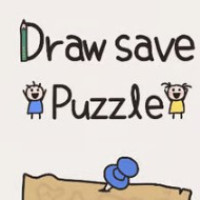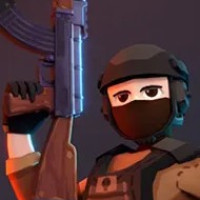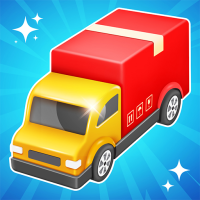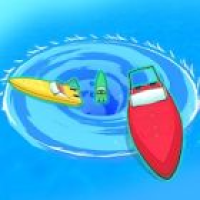
Scribble World: Drawing Puzzle
5/5 (1 Reviews)What is Scribble World: Drawing Puzzle?
Scribble World: Drawing Puzzle is a brilliant fusion of creativity and logic. In this game, your main objective is to guide the adorable Scribball to its goal by drawing lines, shapes, and solutions directly on the screen. This isn’t just about doodling—every stroke you make affects the outcome! From tilting seesaws and bouncing off trampolines to floating in bubbles, every level introduces fresh mechanics that demand both inventive thinking and strategic planning.
Your pencil is your greatest weapon—and tool. You’ll need to analyze each puzzle, visualize the best route, and use drawn lines to manipulate the environment. The game’s physics-based elements make each solution dynamic, giving you freedom and flexibility to experiment. Every level is a miniature sandbox of possibilities!
How to Play Scribble World: Drawing Puzzle
Mastering Scribble World: Drawing Puzzle is all about creative thinking and trial and error. Here's how to get started:
1. Understand the Goal
Each level presents a unique obstacle and a clear objective: help Scribball reach its destination safely. Look out for gaps, ramps, traps, and interactive physics tools like trampolines, seesaws, and air bubbles.
2. Draw with Purpose
Use your pencil (usually via your mouse or touchscreen) to draw lines, curves, or shapes that can guide Scribball across the environment. These can act as bridges, barriers, ramps, or even timed triggers.
3. Use Physics Objects
Many levels feature interactive tools. Here are some key ones to watch for:
Seesaws: Draw weights or guides to tilt them in your favor.
Trampolines: Draw guides to bounce Scribball precisely where you need.
Bubbles: Use them to float Scribball past hazards—just don’t pop too soon!
4. Test and Retry
Once you’ve drawn your path, hit “Play” to see your plan in action. If Scribball doesn’t make it—don’t worry! Erase or tweak your drawing and try again. There’s no penalty for trial and error, and experimenting is half the fun.
5. Use Your Imagination
There’s usually more than one correct solution! Whether you prefer clean and simple designs or intricate Rube Goldberg-style contraptions, Scribble World gives you the freedom to solve puzzles your way.
Tips for Success
Keep your lines short and sturdy to avoid collapsing paths.
Think like an engineer: plan for gravity, slopes, and timing.
Use multiple lines when necessary—sometimes two short ramps are better than one long one.
Watch replays and learn from your failures!






